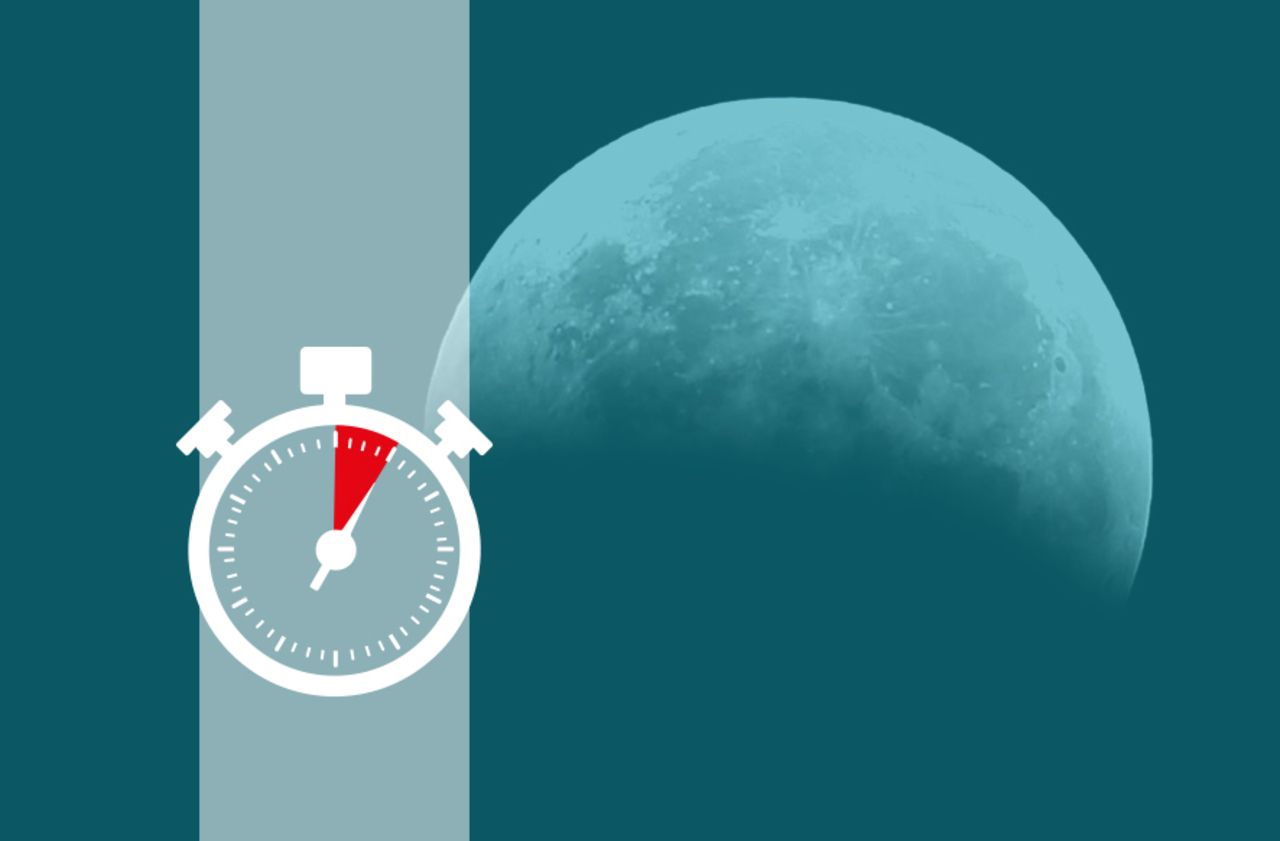We thought we knew everything about the Moon and now a discovery comes to titillate even more the space ambitions of the Man.
Two studies published in the journal Nature Astronomy revealed the presence of water on our natural satellite in proportions that we did not suspect.
More astounding, this water could be easily accessible, trapped under the surface exposed to the Sun of the Moon, where one could not imagine being able to discover it, so much the temperatures fluctuate between extreme heat and extreme cold.
For the 1st time, molecular water was discovered on a sunlit surface of the Moon, suggesting water may not be limited to cold, shadowed places.
Goddard postdoc Dr. Casey Honniball, made the discovery using NASA's @SOFIAtelescope airborne observatory.
https://t.co/TUFKK8Rl9x pic.twitter.com/1wiy05yS4r
- NASA Goddard (@NASAGoddard) October 26, 2020
What have we discovered?
We have known for sixty years that water was present on the Moon.
All the while, it was believed to be simply hidden deep in the craters and shaded areas of the star, in the form of ice, where temperatures can drop below 200 ° C.
This knowledge foreshadowed a relatively small amount of water present on the Moon, always seen as arid.
READ ALSO>
They all want to reach the Moon
The images from the Stratospheric Observatory for Infrared Astronomy (SOFIA) have changed these beliefs.
This telescope, developed by NASA in collaboration with the German Space Agency and which performs its in-flight observations, has made it possible to detect the presence of water, in molecular form, disseminated over a much larger area of our Moon.
According to scientists, the amount of ice water could even exceed 600 million tonnes, on an area equivalent to about 40,000 m2.
Where does this water come from?
These water molecules probably originate from asteroid falls billions of years ago.
A scenario also retained for the Earth.
At the time of the collision, particles would have been projected to the bottom of craters where they would have been trapped, due to the cold.
How could water also have been detected on the sunny surface of the Moon, where the highest temperatures can reach 120 ° C?
This is arguably the most fascinating aspect of the studies published on Monday.
Concretely, particles of molecular water would also be found in what scientists call “cold traps”.
These are areas that are constantly in shadow.
Their sizes can be very variable.
Some are huge, but the majority are actually smaller than a coin.
There, temperatures would drop enough to keep water in the form of ice.
In a press release presenting the study, the University of Colorado at Boulder uses the case of Shackleton crater, located near the South Pole of the Moon and which measures about twenty kilometers in diameter.
This crater is permanently plunged in shadow, and temperatures, due to lack of light, drop to -180 ° C.
A paradise for ice water.
Flickr / Nasa Goddard Space Flight Center Follow
Scientists, using data from two instruments from NASA's lunar reconnaissance orbiter, LRO, have identified tens of billions of such "micro-craters" that may harbor water.
Can it be of use to humans?
The answer is yes.
This is the other great discovery of the week: scientists have formal proof that the water contained in these cold traps is indeed molecular water.
To find out, the scientists used new data provided by the Stratospheric Observatory's airborne telescope for infrared astronomy.
For the first time, researchers were able to clearly identify the H2O molecule (the chemical formula of water) from another chemical compound (hydroxyl, OH) with which it is mixed.
Newsletter - Most of the news
Every morning, the news seen by Le Parisien
I'm registering
Your email address is collected by Le Parisien to enable you to receive our news and commercial offers.
Learn more
What to draw plans on the comet.
Because with water available in abundance and which can be easily extracted, some already imagine using it during future space missions, starting with the “Lunar Gateway”, a future station that will be assembled in lunar orbit.
As part of a trip to Mars, the Moon could serve as a stopover point to fill up with water.
It will take some to last during this six-month trip.















